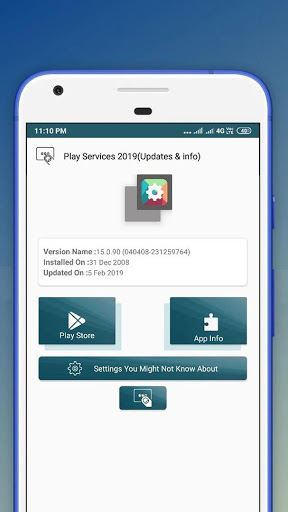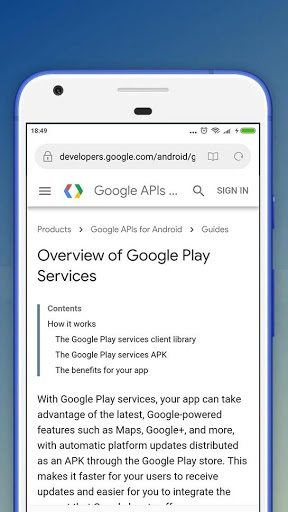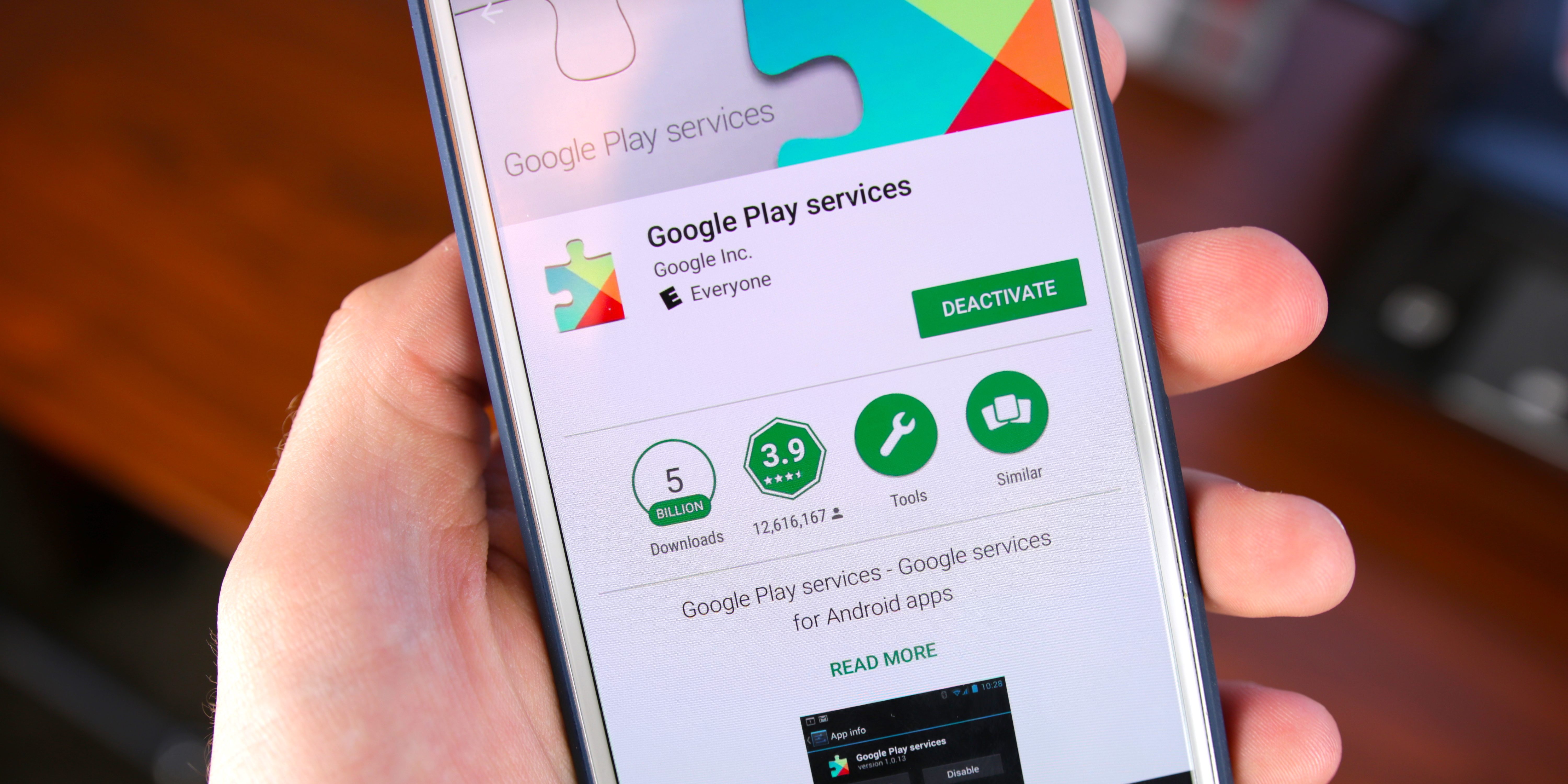
Developers can use the tools offered by Google to implement a rich number of features. Google Play services is not an app in the traditional sense, as it is a fusion between a background service and a collection of APIs which should be active at all time on your Android smartphone. Some were confused by the fact that there is no option to launch or remove the app, especially since there are no descriptions related to the functionality. Many users may have observed the app when they were browsing the list of installed apps. One of the biggest changes took place in 2012 when the Google Play services app was introduced. Throughout the years, Google has received several Android updates that have improved the experience for users, bring changes that ranged from minor new features to the introduction of major changes in the case of big version updates.

Google Play Services Update: Biggest Updates Till Date Let’s take a closer look at what’s new in Google Play Services 20.12.16. This update promises to provide an even more reliable and stable experience for Android users everywhere. The latest Google Play Services update, version 20.12.16, is now available and comes with new fixes and improvements.

It provides vital functionality like authentication, authorization, and location services that make our mobile experiences seamless and enjoyable. This dataset allows us to discuss trends in malware behavior observed from apps dating back as far as 2010, as well as to present insights gained from operating ANDRUBIS as a publicly available service for the past two years.Google Play Services is a crucial part of the Android ecosystem that powers many apps and services we use daily.

With ANDRUBIS, we collected a dataset of over 1,000,000 Android apps, including 40% malicious apps. ANDRUBIS combines static analysis with dynamic analysis on both Dalvik VM and system level, as well as several stimulation techniques to increase code coverage. In this paper we present ANDRUBIS, a fully automated, publicly available and comprehensive analysis system for Android apps. While the importance of such tools has been addressed by the research community, the resulting prototypes remain limited in terms of analysis capabilities and availability. To deal with the increasing number of malicious Android apps in the wild, malware analysts typically rely on analysis tools to extract characteristic information about an app in an automated fashion. Android is the most popular smartphone operating system with a market share of 80%, but as a consequence, also the platform most targeted by malware.


 0 kommentar(er)
0 kommentar(er)
